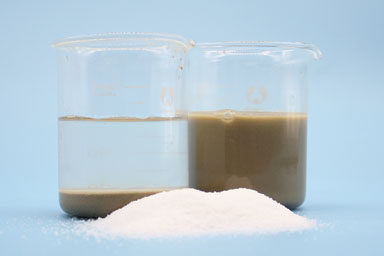1. The impact of pH value on sewage treatment
PH value is an important indicator to measure the acidity and alkalinity of sewage, and has an important impact on the sewage treatment process. Overly acidic or overly alkaline sewage will have adverse effects on treatment facilities and the environment. Overly acidic sewage will cause corrosion of metal equipment and pipelines, and the heavy metal ions released may pollute the environment. Overly alkaline sewage may inhibit the growth of microorganisms in the treatment facilities, thereby affecting the sewage treatment effect.
2. PH control methods of sewage treatment plants
1. Adding chemical agents
Sewage treatment plants usually use the method of adding chemical agents to adjust the pH value. Commonly used chemical agents include sodium hydroxide, lime, etc. These agents can neutralize the acid or alkali in sewage to bring it to an appropriate pH range. However, the addition of chemical agents may cause other pollutants to appear in sewage, so it is necessary to comprehensively consider their usage and impact.
2. Aeration regulation
Aeration regulation is a commonly used pH control method. By aerating sewage, carbon dioxide can be promoted to combine with water molecules, thereby reducing the alkalinity of sewage. At the same time, aeration can also promote the respiration of microorganisms in sewage, produce acidic substances, and reduce the pH value. Aeration regulation needs to be combined with other control methods, such as adding neutralizers, to achieve better results.
3. Microbial regulation
Microbial regulation is to reduce the pH of sewage by introducing microorganisms with specific functions during sewage treatment. For example, some microorganisms can consume acidic substances in sewage during growth and produce alkaline substances, thereby adjusting the pH value of sewage. This method requires the selection of appropriate microbial species and quantities based on the actual situation of sewage.


